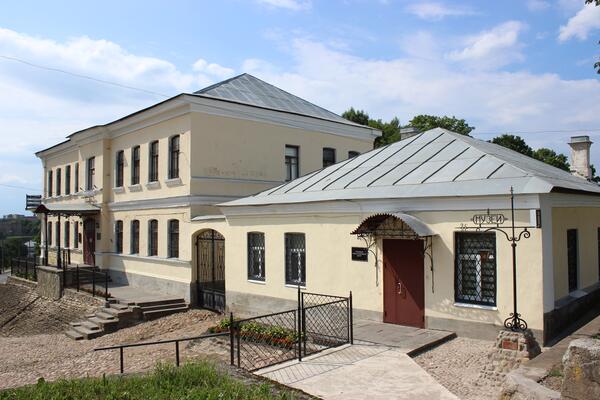Mstislav Nikolaevich Pototsky, the son of Alexandra Shchekatikhina-Pototskaya and the adopted son of Ivan Bilibin, is considered the founder of the museum. He presented a truly generous gift — the family archive of the famous artists. Today, the museum complex, which is made up of unique medieval architectural monuments with a rich cultural potential, includes four independent objects of display.
The museum’s gem is truly the Ivangorod Fortress — an architectural monument of the 15th–17th centuries, built in 1492. The most powerful defensive structure with an area of eight hectares was named in honor of the founder — Ivan III. The fortress was constructed 150 meters from the castle of the Teutonic Order, on the right bank of the Narva River. This is the only example in the world of enemy fortresses facing each other at a distance of an “arrow shot”.
The museum actively engages in museifying the existing historical objects and creating new objects of display, for instance, the Small Gun Powder Barn. The building is located on the territory of the four-cornered fortress of 1492. It was built during the Swedish rule over Ivangorod in the 17th century.
The museum’s gem is truly the Ivangorod Fortress — an architectural monument of the 15th–17th centuries, built in 1492. The most powerful defensive structure with an area of eight hectares was named in honor of the founder — Ivan III. The fortress was constructed 150 meters from the castle of the Teutonic Order, on the right bank of the Narva River. This is the only example in the world of enemy fortresses facing each other at a distance of an “arrow shot”.
The museum actively engages in museifying the existing historical objects and creating new objects of display, for instance, the Small Gun Powder Barn. The building is located on the territory of the four-cornered fortress of 1492. It was built during the Swedish rule over Ivangorod in the 17th century.

